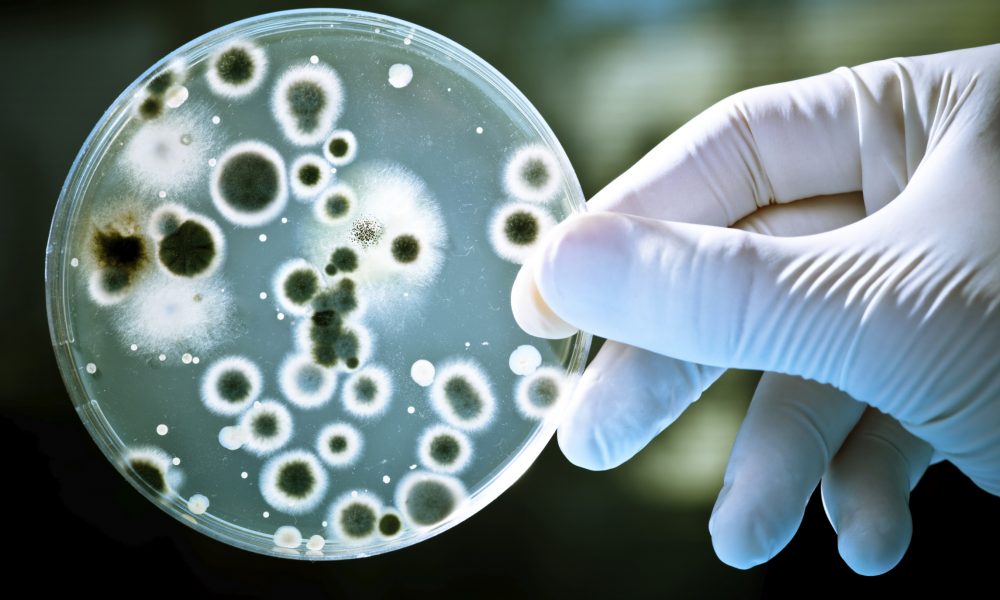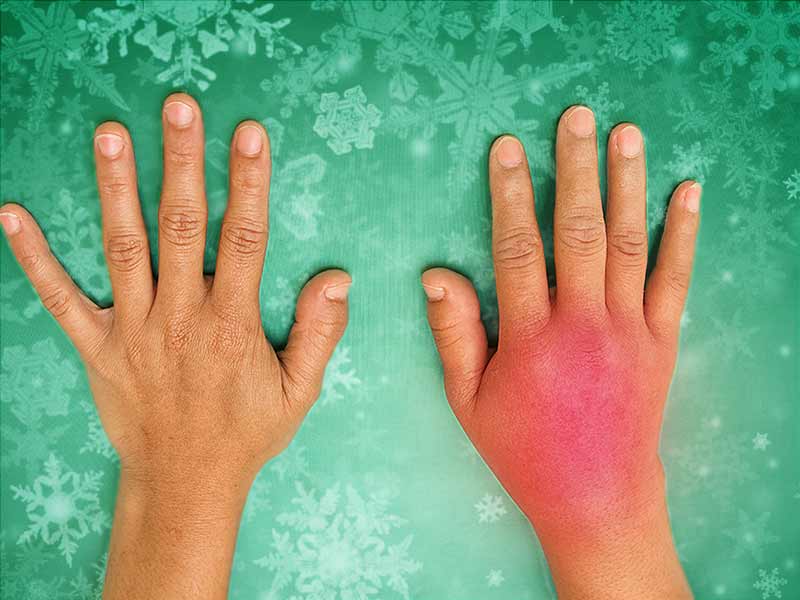
Don’t Panic! There is a Flesh Eating Bacteria Out there and Here’s What You Should Know about It!

Flesh-eating bacteria make everyone feel very squeamish? Let’s discover what flesh-eating bacteria are, and how you could contract it. In other words, what are your chances of contracting the disease? Do not panic! There are certain bacteria that cause a fast-moving infection known as ‘necrotizing fasciitis’ by gaining quick access to deeper layers of your skin and aggressively destroy tissues such as: Group A Streptococcus, Staphylococcus aureus, Vibrio vulnificus, Mycobacterium ulceran, Aeromonas hydrophila and Clostridium perfringens.
No Need to Panic

The dangerous sounding Group A Streptococcus, which also causes strep throat, is the most common cause of necrotizing fasciitis but that does not mean you develop necrotizing fasciitis. Many of the infections caused by these bacteria are moderately common such as stomach issues or food poisoning and not as severe as necrotizing fasciitis. This sort of infection is strange but very rare. Only about 700 cases of necrotizing fasciitis occur in USA each year. The potential for severe infection exists if the pathogen enters ones bloodstream and this can happen via broken skin.
Avoiding flesh-eating bacteria
Flesh-eating bacteria, like all organisms, have a favored temperature, and their numbers increase in the warm waters. Aside from bodies of water, these flesh-eaters can be found living on our skin, even found in soil, and uncooked meat and poultry. Prevention is a combination of opportunity and exposure. Skin injuries (cuts, scrapes, surgical incisions, open wounds and abrasions are the primary ways for bacteria to enter your bloodstream. So swimming with an open wound, ingesting fresh or salt water, or eating raw shellfish with bacteria in it, is risky.
Symptoms of flesh-eating bacteria

With skin-based infections, the symptoms are: redness or localized skin swelling, painful or warm to the touch, and with staph infections, there is pus-filled discharge, common flu symptoms, like fever, sore throat and body aches in the beginning of necrotizing fasciitis. As infection spreads, the pain is severe and disproportionate to the original injury. With Vibrio vulnificus you experience gastrointestinal symptoms: cramps, nausea, watery diarrhea, chills, vomiting, and about 24 hours after infection and typically resolved after three days unless the bacteria gets into the bloodstream through the intestinal tract, causing major complications.
How dangerous is flesh-eating bacteria?

A flesh-eating infection is serious and if left untreated, leads to loss of limbs, organ failure, tissue death, and even death due to the risk of developing sepsis, a reaction of inflammation activated by the body’s chemical response when fighting severe infection. Sepsis is common in pregnant women, the elderly, infants, people with diabetes, kidney or liver problems, and if receiving cancer treatments and is deadly even for totally healthy people. Necrotizing fasciitis is not contagious.
The best prevention tips

A dash of common sense and proper wound care can do wonders. If you have suffered cuts, clean it with water and soap, or see a professional doctor if it is deep or large. With an open wound or broken skin, just avoid swimming and deprive the bacteria lurking in warm-water areas, as they seek any opportunity to utilize this cut as a way to gain entry into the body. But seek immediate medical attention if you can notice necrotizing fasciitis symptoms showing up.
More in Luxury & Life Style
-
`
Use These Actionable ChatGPT Prompts to Kickstart a High-Paying Side Hustle
A side hustle can change your income game fast. It gives you extra cash and opens doors to bigger opportunities. Using...
July 31, 2025 -
`
5 Reasons Why You Should Choose Online Banking Over a Brick-and-Mortar One
Online banking changes the way you handle money from day one. It takes the usual stress out of managing accounts and...
July 25, 2025 -
`
How Changing Interest Rates Shape Stock Market Performance
Interest rates are the stock market’s quiet puppeteer. You won’t see them flashing on a trading screen. But they steer everything,...
July 17, 2025 -
`
Granny Pods: A Smart Housing Solution for Aging Loved Ones
Finding the right living arrangement for aging family members can be a challenging task. Traditional options, such as nursing homes or...
June 10, 2025 -
`
Useful Real Estate Strategies at Various Stages of an Investing Career
There is no one perfect investing approach, as real estate investors are aware. At various phases of your investing career, investigate...
May 2, 2025 -
`
Downsizing after Retirement is a Pain, but Here’s How You Can Go About It
Retirement needs extensive planning, and it is not just finances. Without proper plans for this next phase of life, chances are...
April 6, 2025 -
`
Break IKEA Rules and Try These Usual and Creative Furniture Hacks
Let’s be honest; we all love furniture items from IKEA be it the incredible day out traversing IKEA walkways, to ridiculously...
January 2, 2025 -
`
From Farm to Table: Who are the Stars Who Grow Their Own Food – Part I
This one is for those with Green thumbs, who just need an extra push to grow their food! While some celebrities...
January 1, 2025 -
`
Longevity Expert Identifies Top Breakfast Choice and Five Additional Healthy Options
Breakfast is often hailed as the most crucial meal of the day, and for good reason. After a night of rest,...
September 3, 2024















You must be logged in to post a comment Login